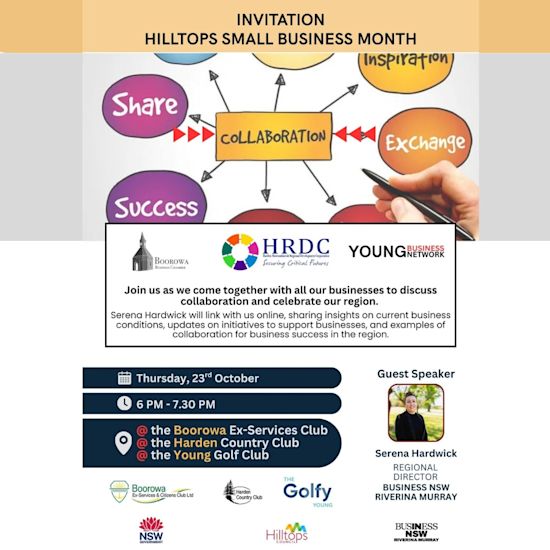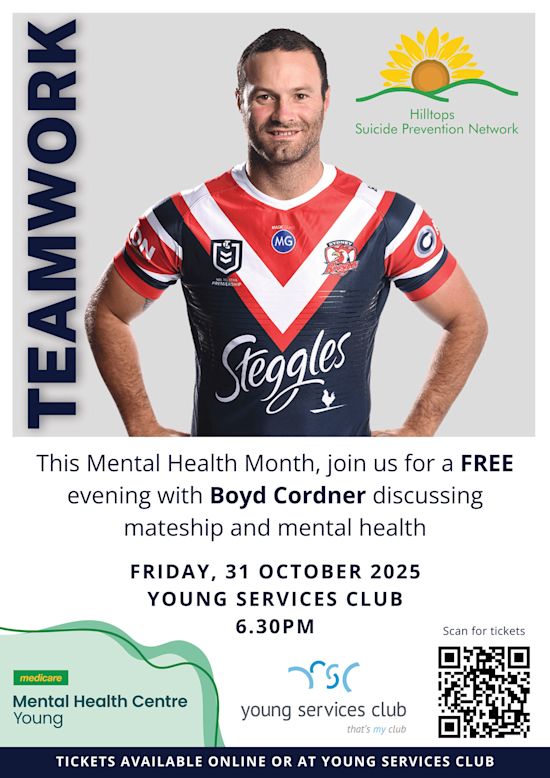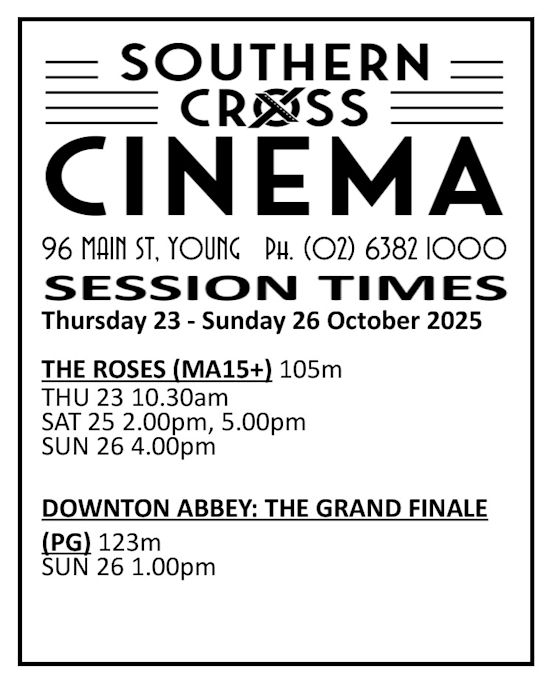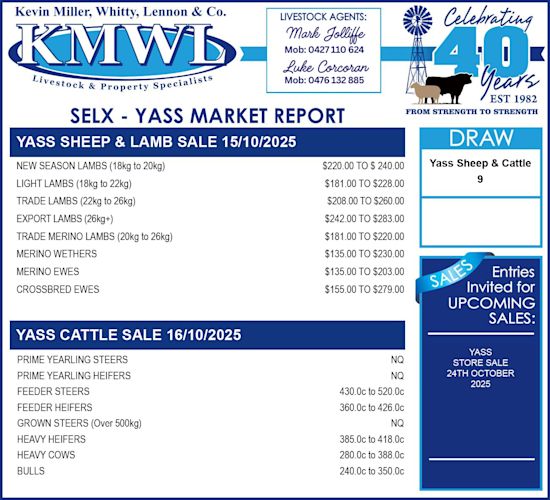Lions NSW-ACT Sight And Health Foundations Anniversary Dinner

IMAGE: Lions Club members Paul and Heather Miller, David and Marie Tame, Geoff Freudenstein, Greg and Louise McKnight.
Lions NSW-ACT Sight and Health Foundation’s anniversary dinner was held in the Great Hall at Sydney University recently to celebrate 50 years of the Lions Save Sight Foundation.
This year also marks the launch of a new Lions charity which will enable Lions Clubs in NSW and the ACT to engage in a far wider range of sight and health-based community projects than was previously possible.
The new charity will operate in tandem with the new Sight and Health Fund which will continue the work of the Save Sight and Public Health Foundations for the foreseeable future.
While Lions celebrated 50 years of the Lions Save Sight Foundation, the history of how the foundation came about is quite a lot older.
In 1917, Chicago businessman, Melvin Jones, invited business clubs from around the USA to a meeting at which the Association of Lions Clubs was formed with a view to addressing social problems caused by World War 1 and rapid industrialisation in the States.
The Association of Lions Clubs became international when the Border Cities Lions Club of Windsor, Canada was established. There were 23 clubs at the time.
A blind and deaf woman addressed this International Convention in Cedar Point, Ohio, USA, challenging Lions to become Knights of the Blind, sparking the beginning of a century-long mission. Her name was Helen Keller.
Ms Keller became blind and deaf in 1882 after developing a fever, convulsions and unconsciousness which medical historians attribute to either rubella, scarlet fever, encephalitis or meningitis, with the most likely cause being bacterial meningitis. She was just 19 months old.
“Will you not help me hasten the day when there shall be no preventable blindness; no little deaf, blind child untaught; no blind man or woman unaided?,” Ms Keller said.
“I appeal to you Lion, you who have your sight, your hearing, you who are strong and brave and kind.”
“Will you not constitute yourselves knights of the blind in this crusade against darkness?”
In 1945, Lions and other representatives from 46 nations helped establish the NGO section of the United Nations.
Lions continue to work with the UN today.
The first Lions Club in Australia was formed in Lismore NSW in 1947 by Bill Tresise, who was searching for something to fill the gap in his life after he reached the Apex organisation’s mandatory retirement age of 40.
Lions Club International Foundation, to support the efforts of Lions Clubs in serving communities locally and globally through humanitarian service projects and grants, was created in 1968. The Foundation has awarded $12.2 billion in grants.
The Lions Club International Foundation board inaugurated Campaign SightFirst at its June 1991 meeting in Brisbane.
At the time, the most ambitious and farreaching fundraiser in the organisation’s history, with a goal of raising US$130 million by June 1994, surpassed US$140 million by July 1994. Lions focused on programs that provided direct, practical benefits to people in the developing world.
Campaign SightFirst II was launched in 2005 at the Lions International Convention in Hong Kong, with the goal of raising at least US$150 million. This campaign reached US$205 million in 2008 and extended to address threats to vision such as diabetes, glaucoma and childhood blindness that affect all countries.
More than US$389 million approved for over 1,461 projects in 118 countries - 9.8 million cataract surgeries, 1719 eye centres and training institutions built, expanded or equipped, 2.66 million professional eye care and community health workers trained, 204.6 million doses of Zithromax distributed to control trachoma and more than 955,991 trachoma surgeries performed and 334.1 million doses of Mectizan to halt progression of river blindness.
In Australia, there is the national program Recycle for Sight Australia, where Lions collect used spectacles from optometrists and send them to their own recycling centre in Queensland for checking and cleaning before being sent to third world countries.
In the 26 years since the program started, over seven million pairs of glasses have been sent to third world countries.
Another project in Australia is Lions Eye Health Program, which has established the Children’s Vision Screening Program.
In Australia it is estimated that one in five children have undetected vision problems.
Lions vision screening teams are operational in every state and territory. Vision disorder can have a profound effect on a child’s growth and development. Up to 80 percent of a child’s learning happens through their eyes.
Most children accept vision problems and adapt, they rarely complain as they believe everyone sees the world just like they do.
Once detected, most eye conditions in children can be easily corrected. Along with allergies and asthma, eye disorders are the most common health conditions suffered by children.
There are 44 Lions Eye Banks around the world including three in Australia - one each in Western Australia, Victoria and New South Wales. Lions NSW Eye Bank is now part of the NSW Tissue Bank.
Stay Connected
Subscribe
Get in Contact
Hilltops News to your inbox
Sign up now for the latest news from the Hilltops Area direct to your inbox.







